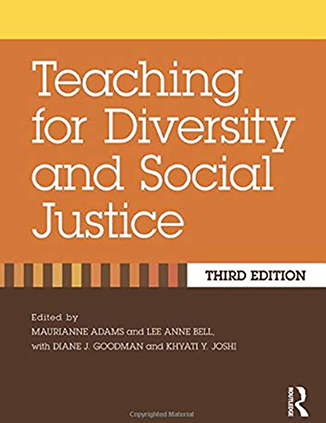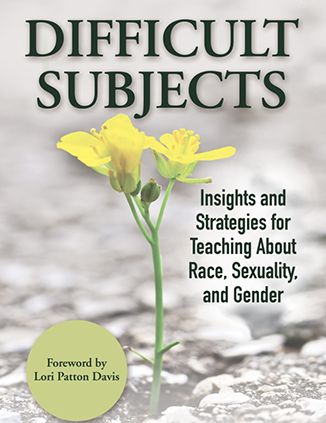Diversity, Equity, Inclusion & Justice (DEIJ)
Commitment to enhancing student learning and developing teaching in the classroom that advances social diversity, equity, inclusion, and justice.
Overview
The experiences and worldviews of students and faculty at Northwestern University are changing and reflecting a shift in socio-demographics in the broader society and national discourse around educational development in higher education. At the Searle Center for Advancing Learning and Teaching, we support University-wide initiatives for advancing diversity, equity, inclusion, and justice (DEIJ), particularly those related to cultivating inclusive learning and teaching environments in which students and faculty from all backgrounds can learn and teach in safe(r) and brave(r) ways. Some of the critical pedagogical approaches to address this include culturally relevant, engaged, feminist, humanizing, Indigenous pedagogies, queer, trauma-informed pedagogies.
The Searle Center offers a variety of programs and services related to DEIJ that focus on areas of assessment and curriculum mapping, course design and delivery, pedagogy, high impact practices, and scholarship of teaching and learning. We also welcome you to collaborate with colleagues in community and solidarity. Here you will also find information and resources that support you in developing knowledge and skills to create an inclusive learning environment at Northwestern, based on multiple educational theories, practices, and research.
Programs
Our programs offer the Northwestern community a variety of ways to develop teaching skills, enhance student learning, and find community. The following programs will spark your curiosity about DEIJ.
Theoretical Thursdays
Theoretical Thursdays is a facilitated, cohort-based reading group intended to deepen your understanding of inclusive teaching pedagogies and principles through engaged discussions with fellow educators. Highlighted frameworks may include culturally relevant pedagogy, engaged pedagogy, trauma-informed pedagogies, feminist pedagogies, and Indigenous pedagogies.
Visit the program page
UDL Practicum
This is a three-week, cohort-based online program designed for participants to reflect on the evolving needs of students and instructors, with an emphasis on mental health, explore how elements of course design can have varying impacts on students, and learn to implement Universal Design for Learning principles to create more supportive, inclusive, and accessible learning environments for all.
Visit the program page
Learning & Teaching Guides
Guides created by or in collaboration with the Searle Center to help educators and learners explore and advance diversity, equity, inclusion, and justice with an emphasis on accountability.
In Our Library
A curated list of recommended books related to DEIJ available at the Menges Library, located in the Searle Center.
Further Resources
Our current recommendations for both foundational and leading-edge content related to DEIJ.
- Álvarez, B. (2019). “Why Social Justice in School Matters.” National Education Association.
- Byron, K. (2017). From Infantilizing to World Making: Safe Spaces and Trigger Warnings on Campus. Family Relations: Interdisciplinary Journal of Applied Family Science. 66, 1. 116-125.
- Consortium On Financing Higher Education. (2022 November). “President’s Book: The Changing Entering Cohort at COFHE Institutions.” COFHE Annual Meeting.
- Gay, G. (2010). Culturally Responsive Teaching: Theory, Research, and Practice. 2nd ed. Multicultural Education Series (New York, N.Y.). New York: Teachers College.
- Knight, S. D. (2011). Using narrative to examine positionality: Powerful pedagogy in English education. English teaching: Practice and critique, 10(2), 49-64.
- Sensoy, Ö. & DiAngelo, R. (2012). Is Everybody Really Equal? An Introduction to Key Concepts in Social Justice Education. New York: Teachers College Press.
Awards & Grants
Northwestern University recognizes educators and researchers doing innovative work. The following list includes opportunities which we believe dovetail with work related to DEIJ.
Calendar of Events
Below are all of our upcoming events related to diversity, equity, inclusion and justice.
11:00 AM
Based in the principles of Universal Design for Learning, this 30-minute virtual presentation offers evidence-driven tea...


